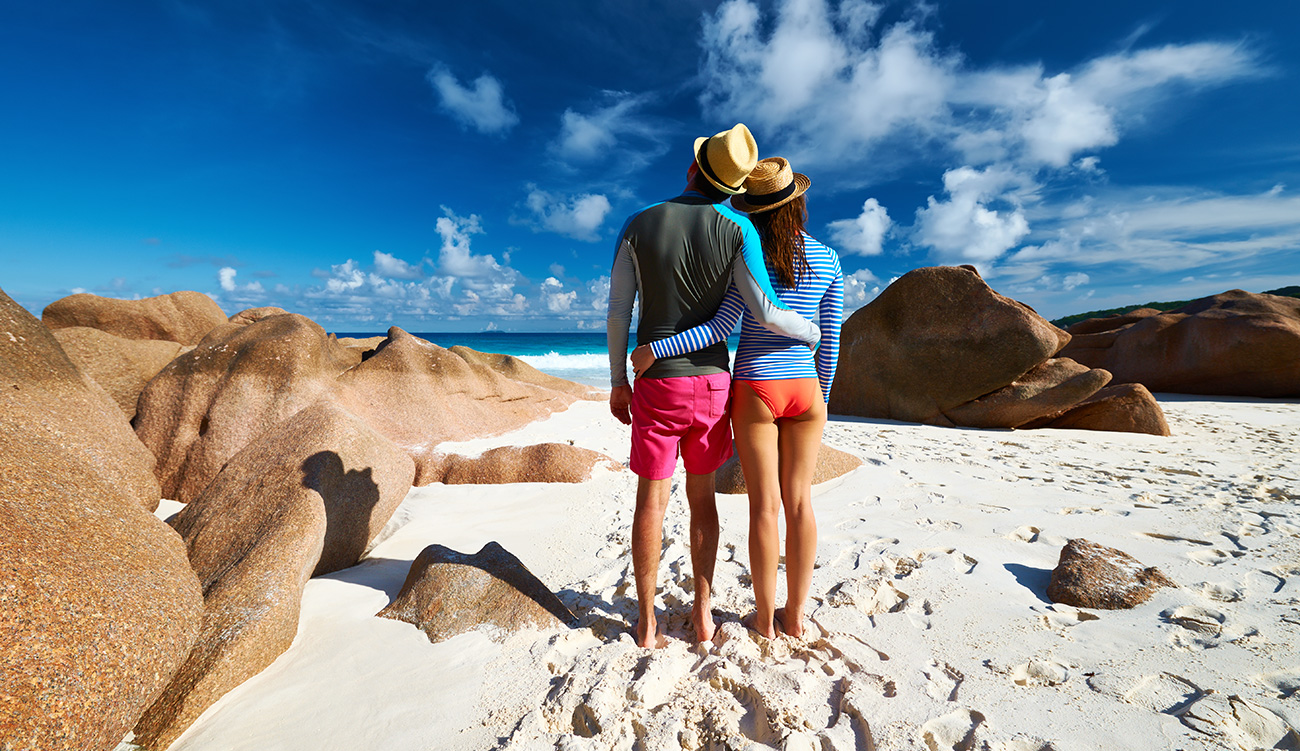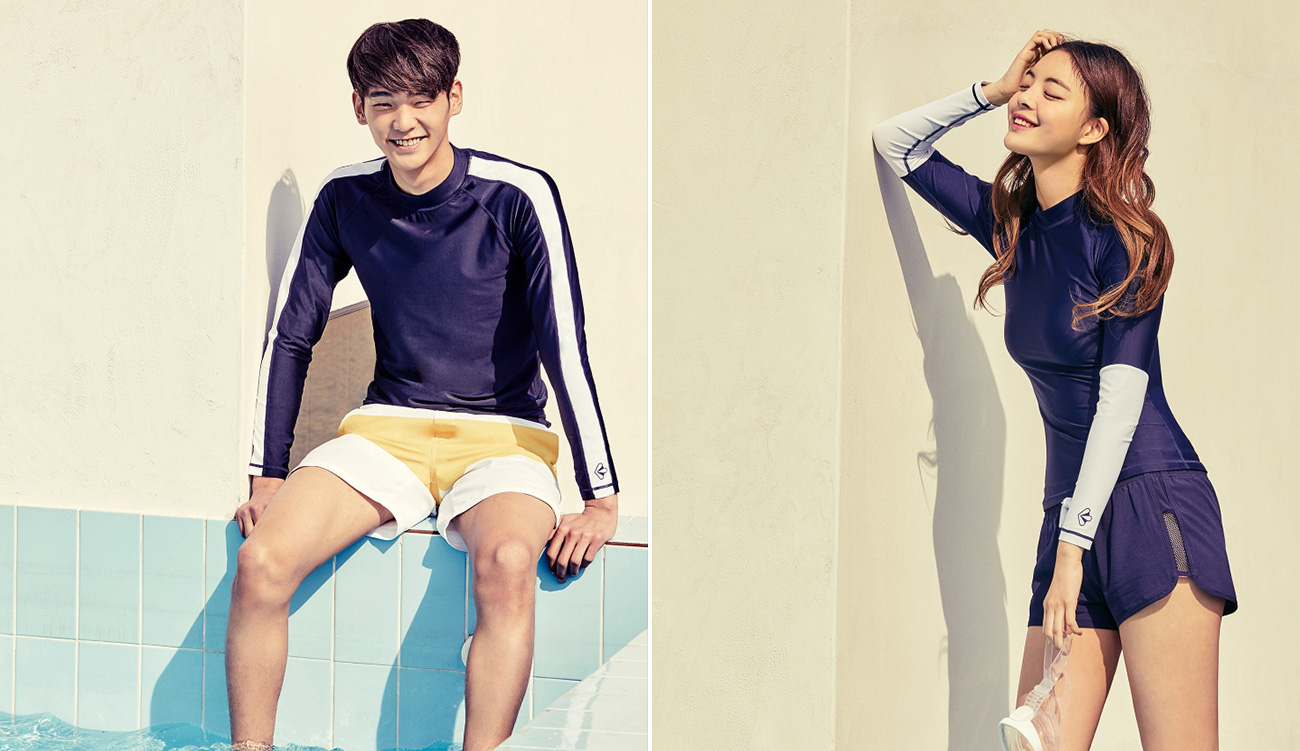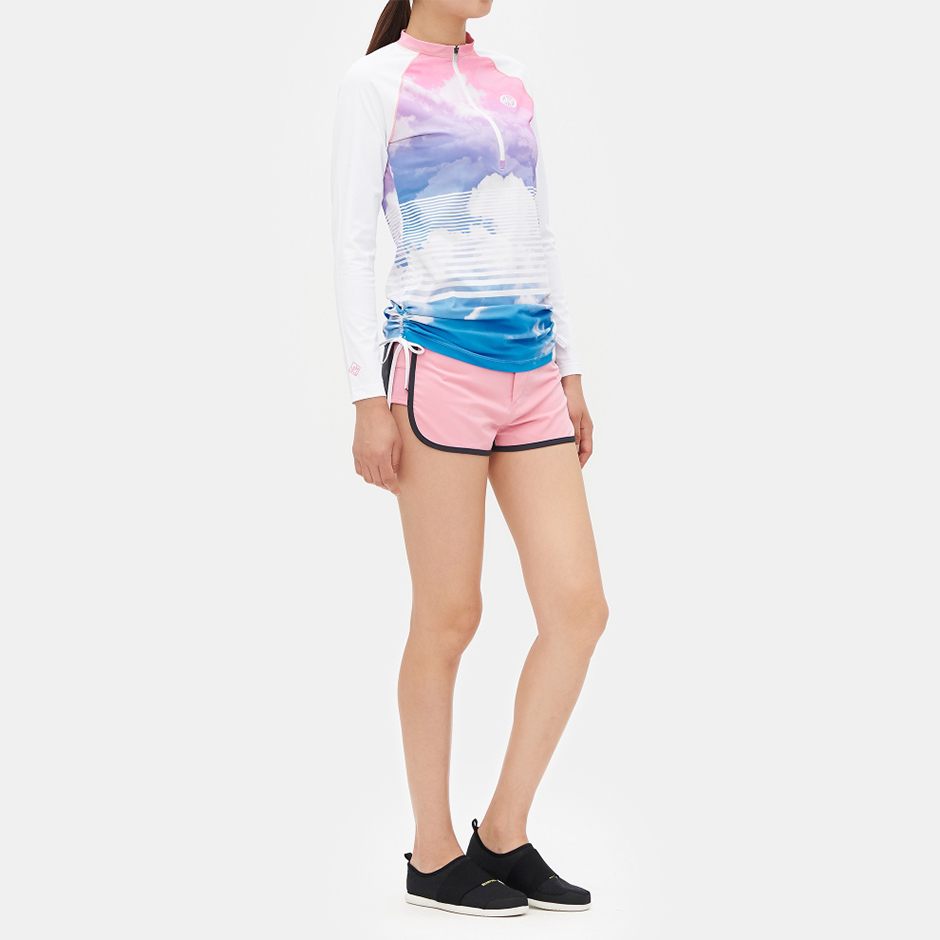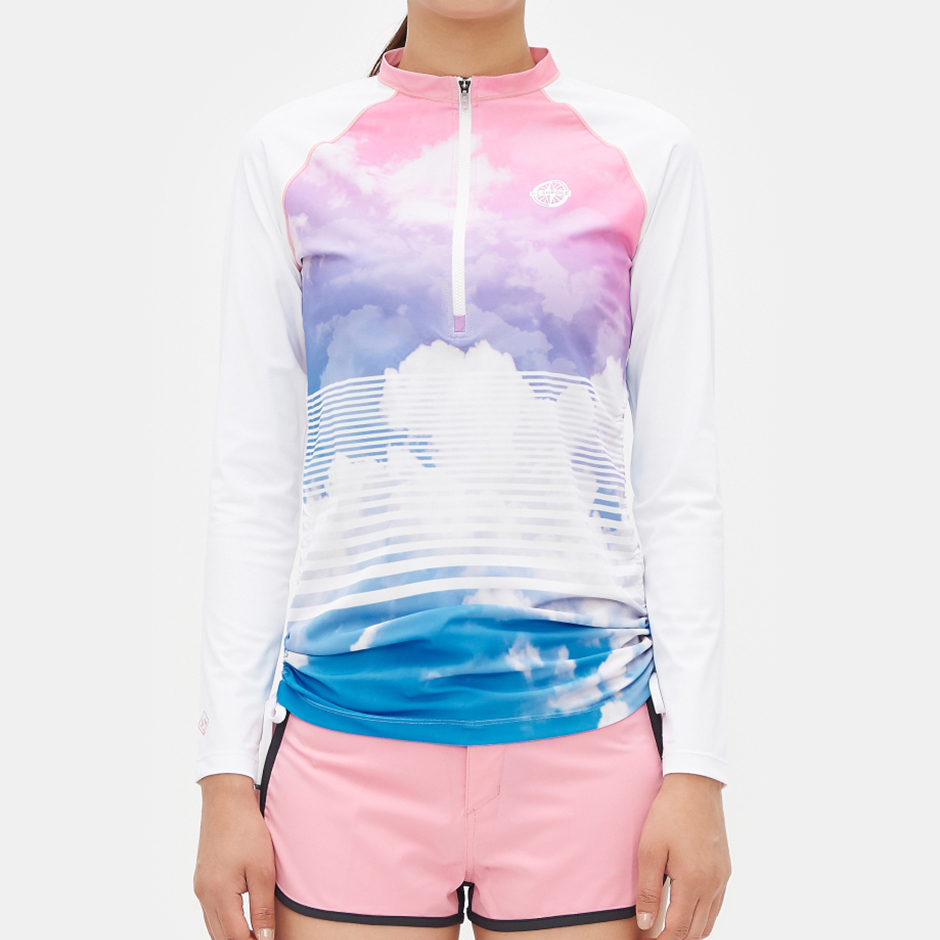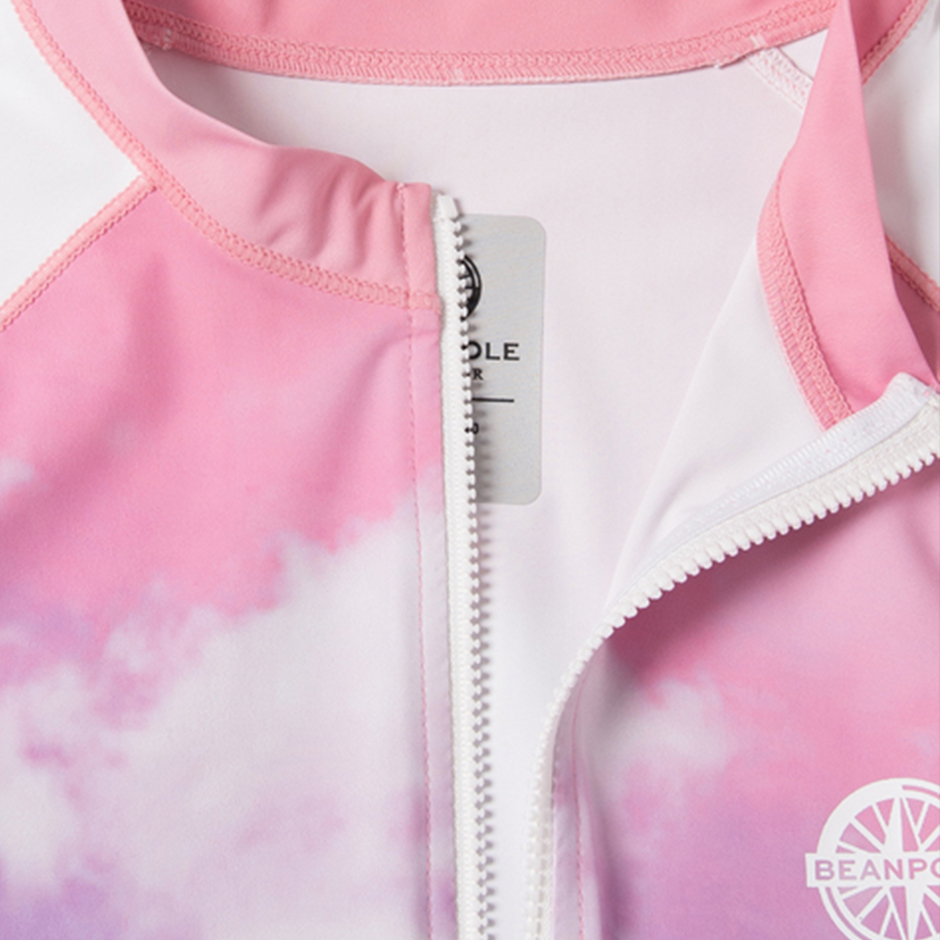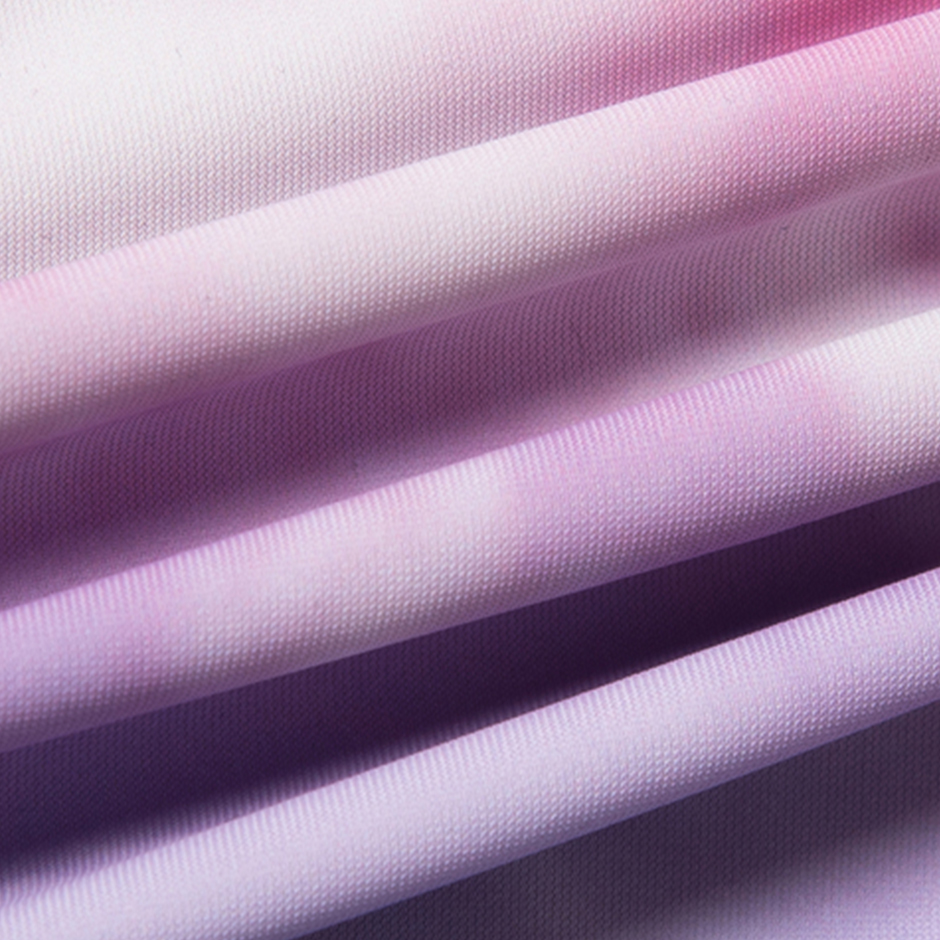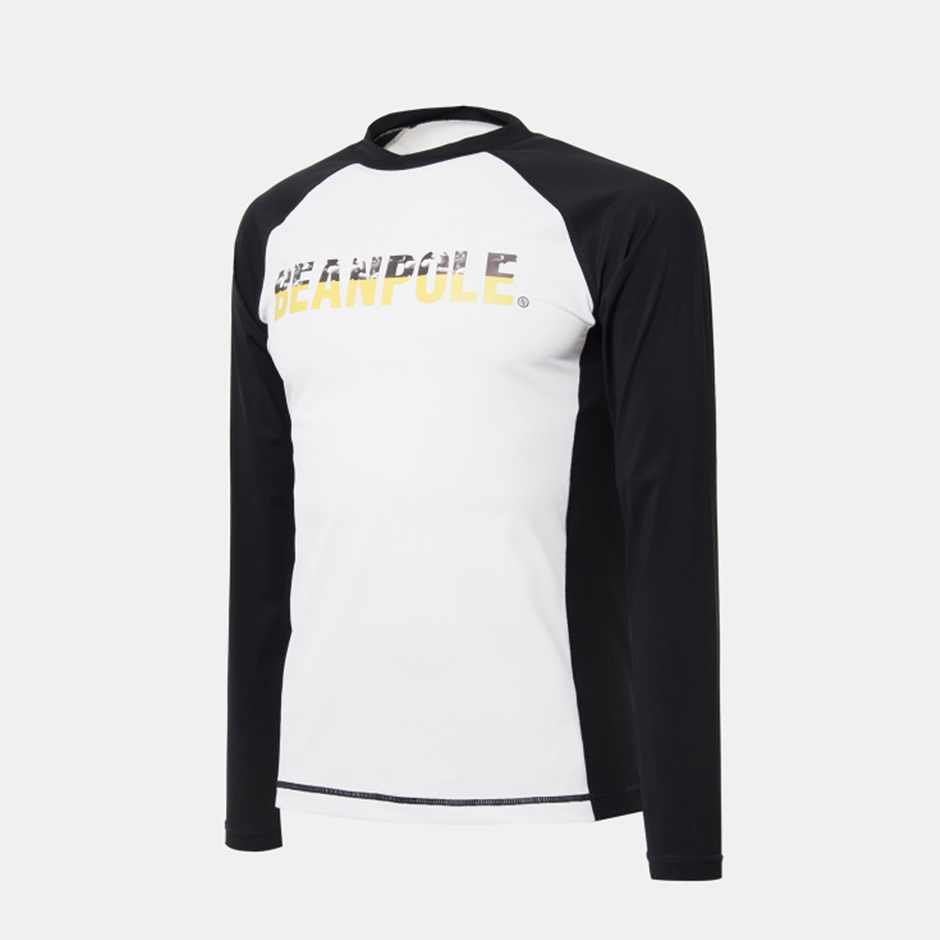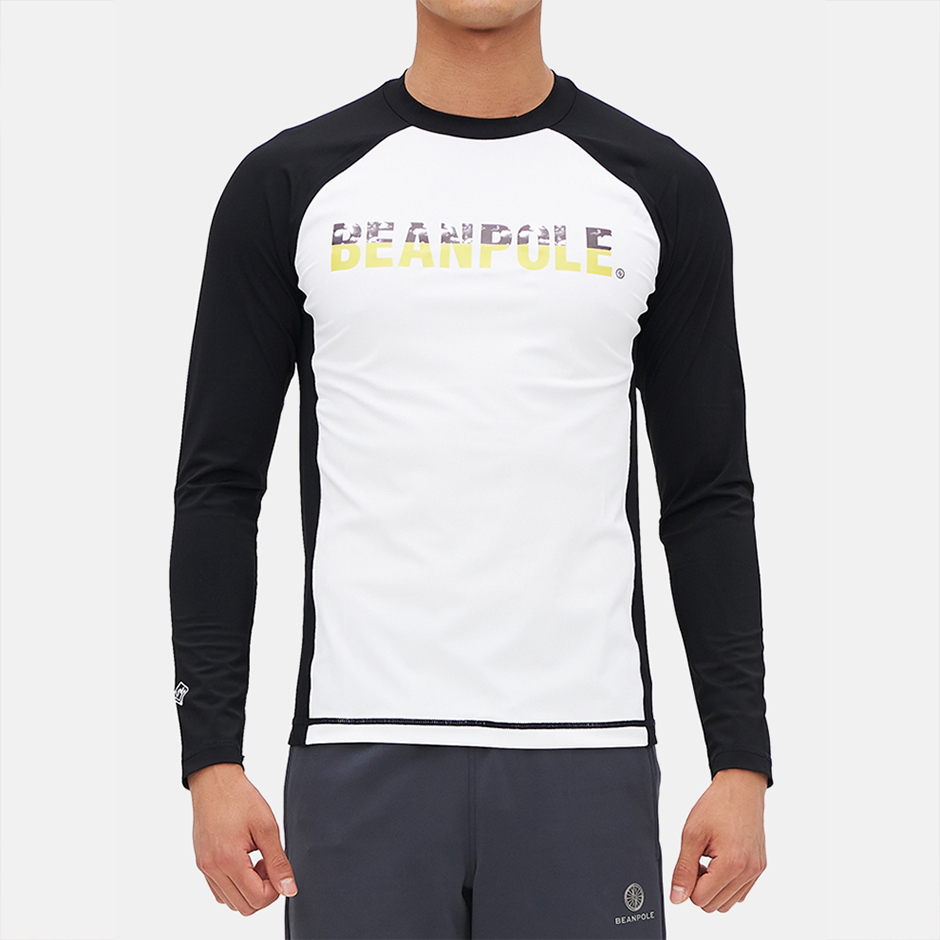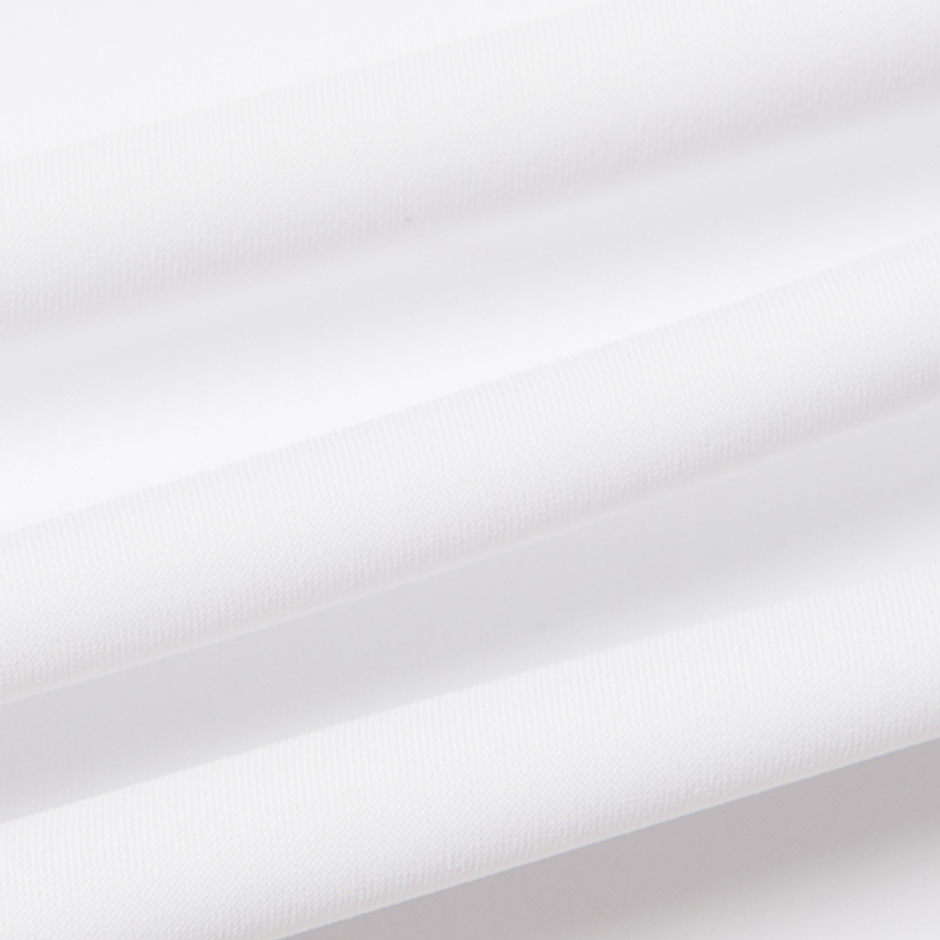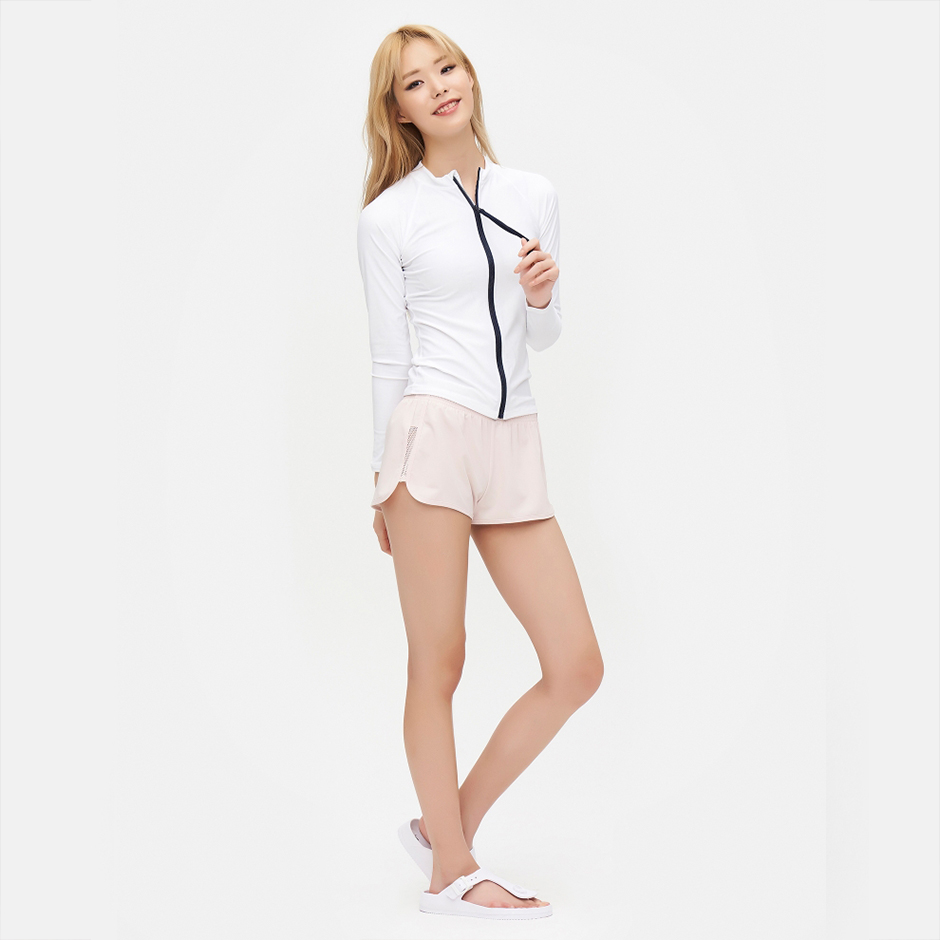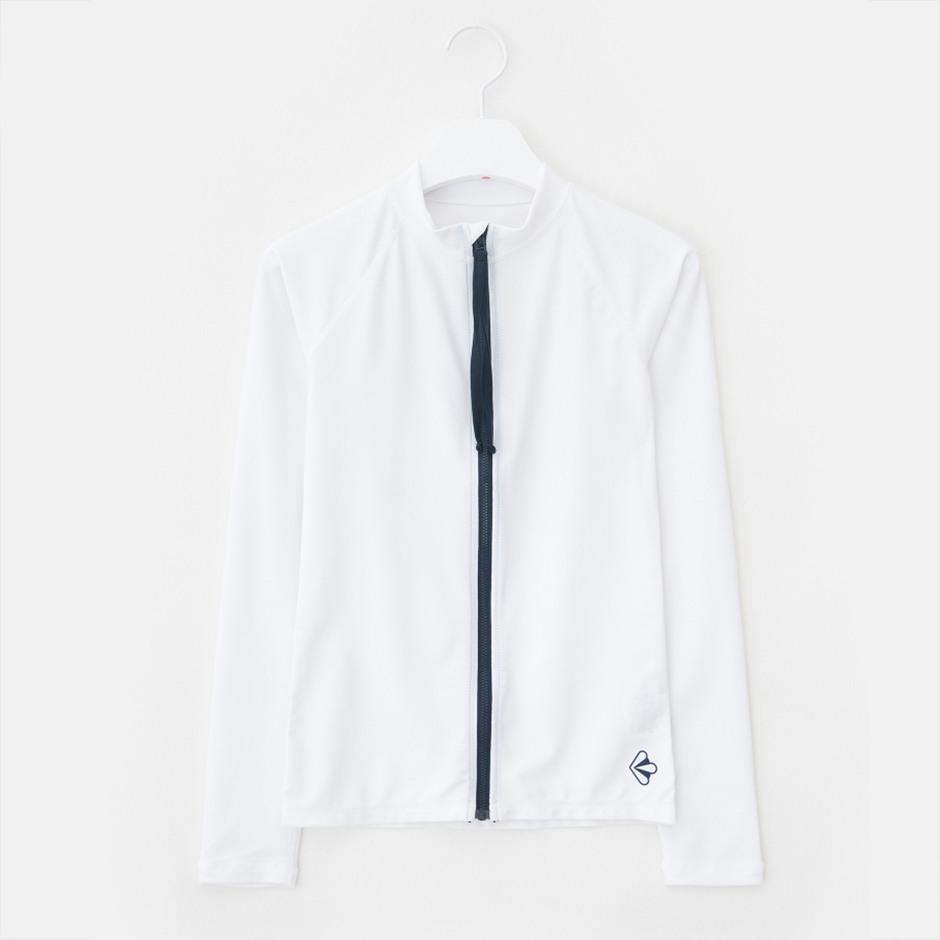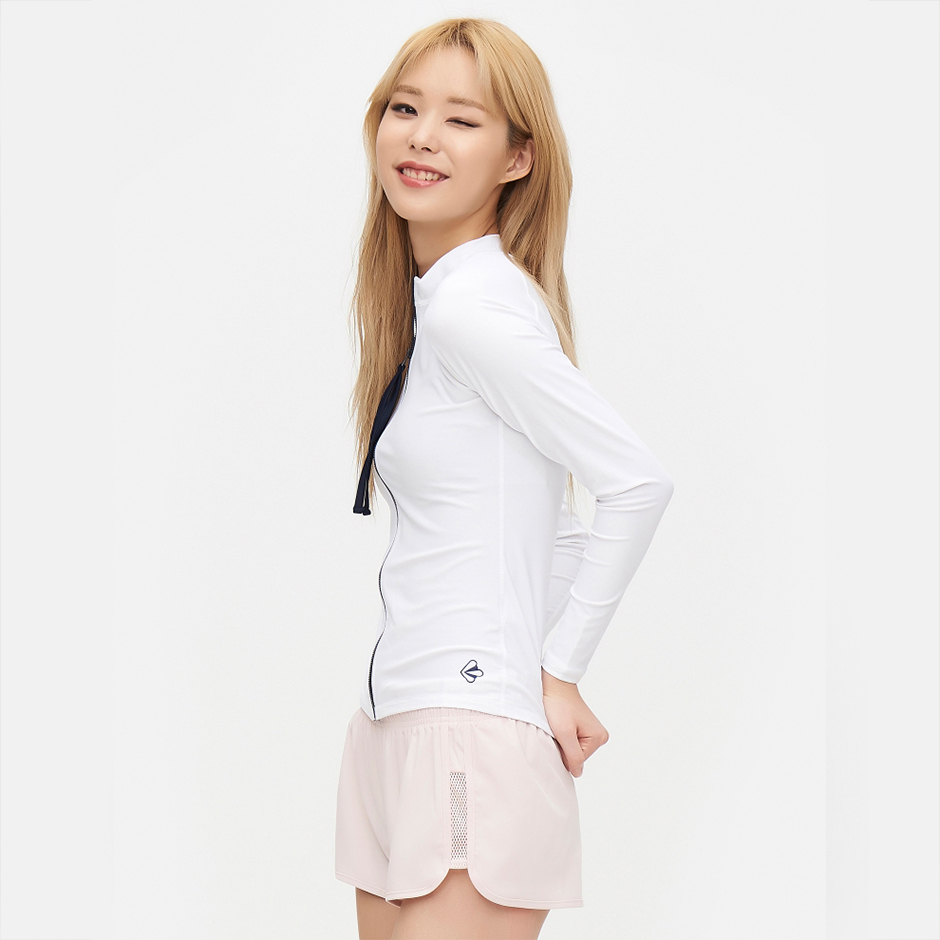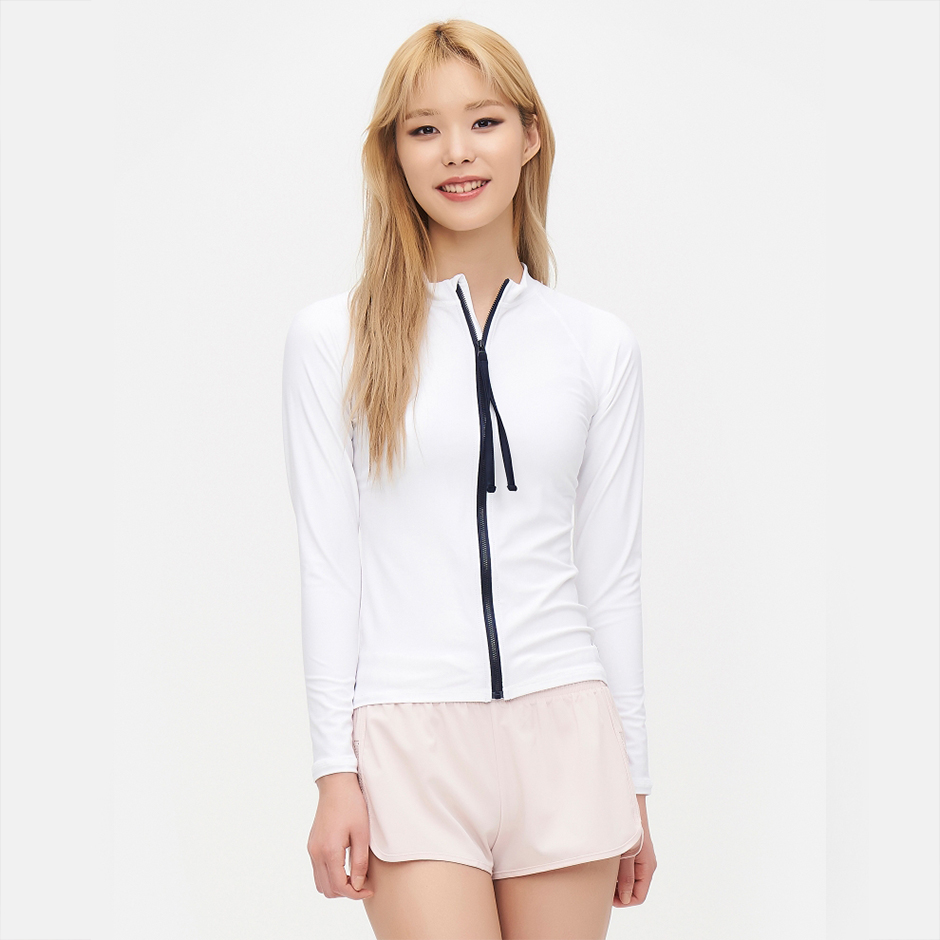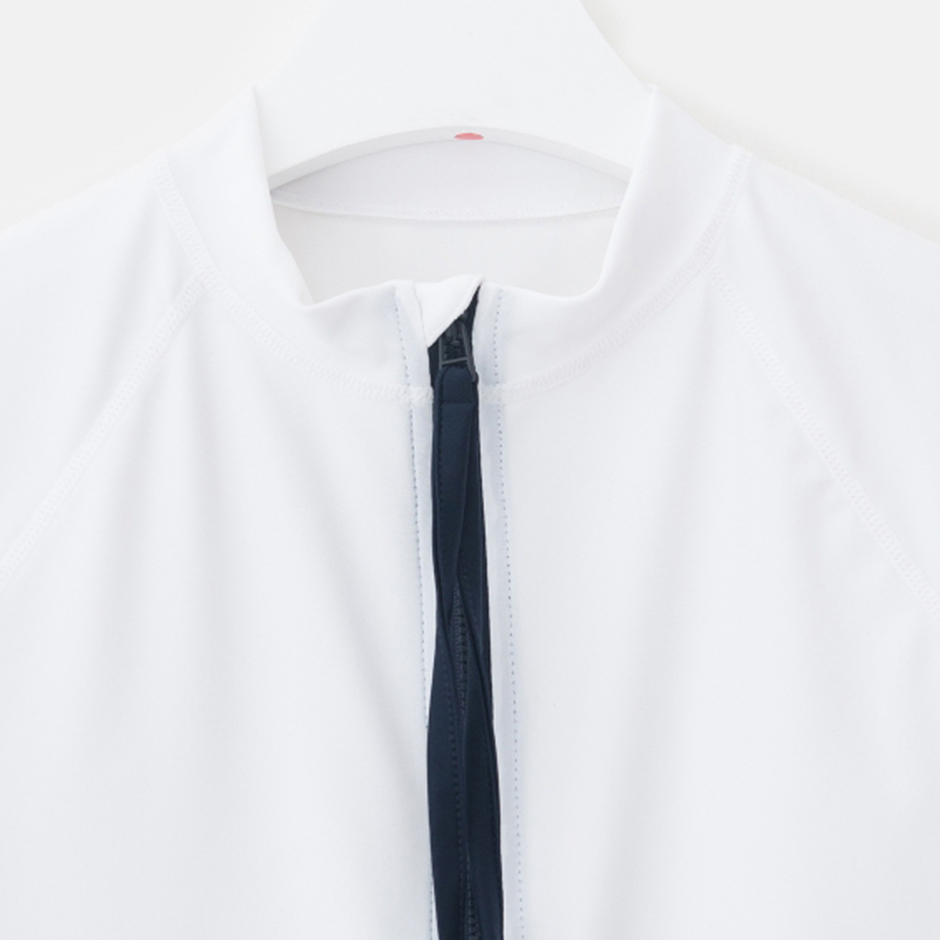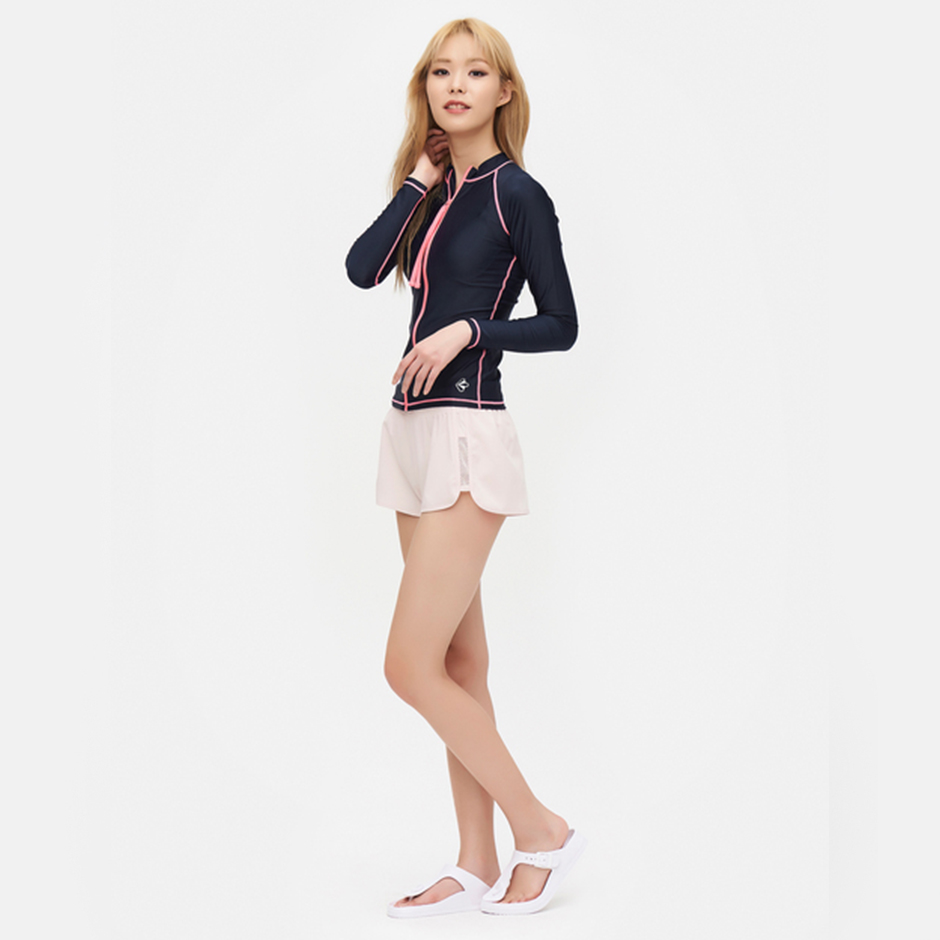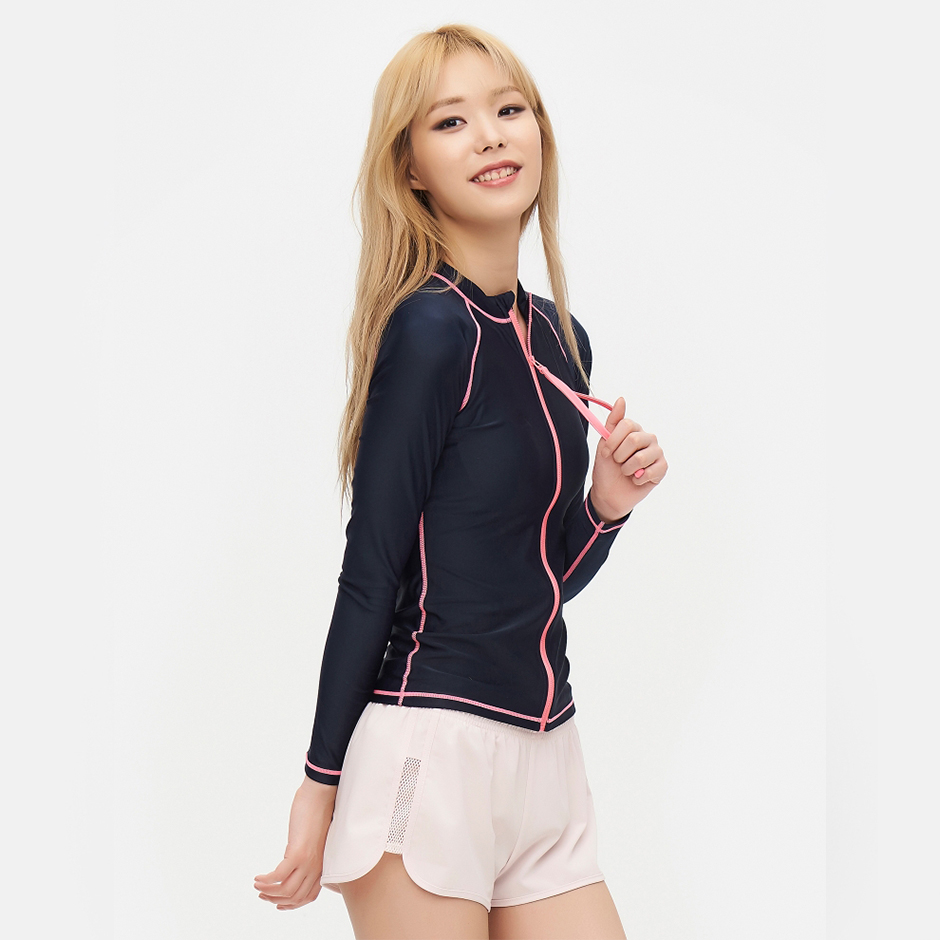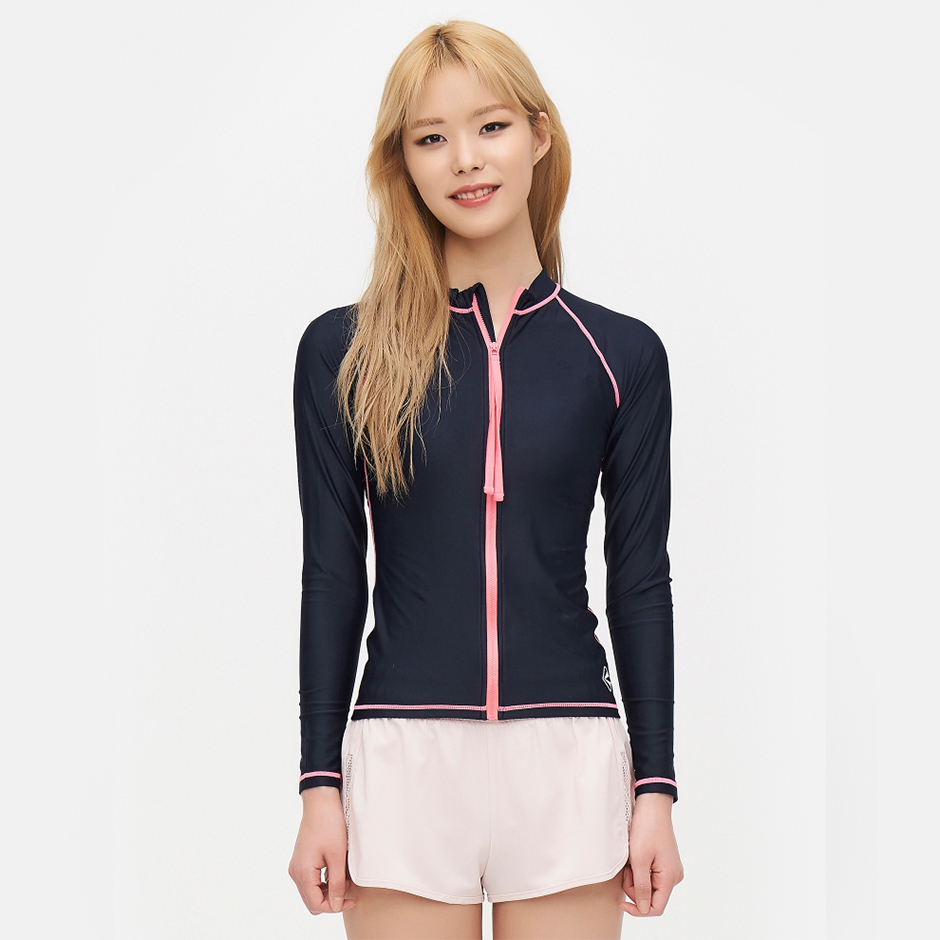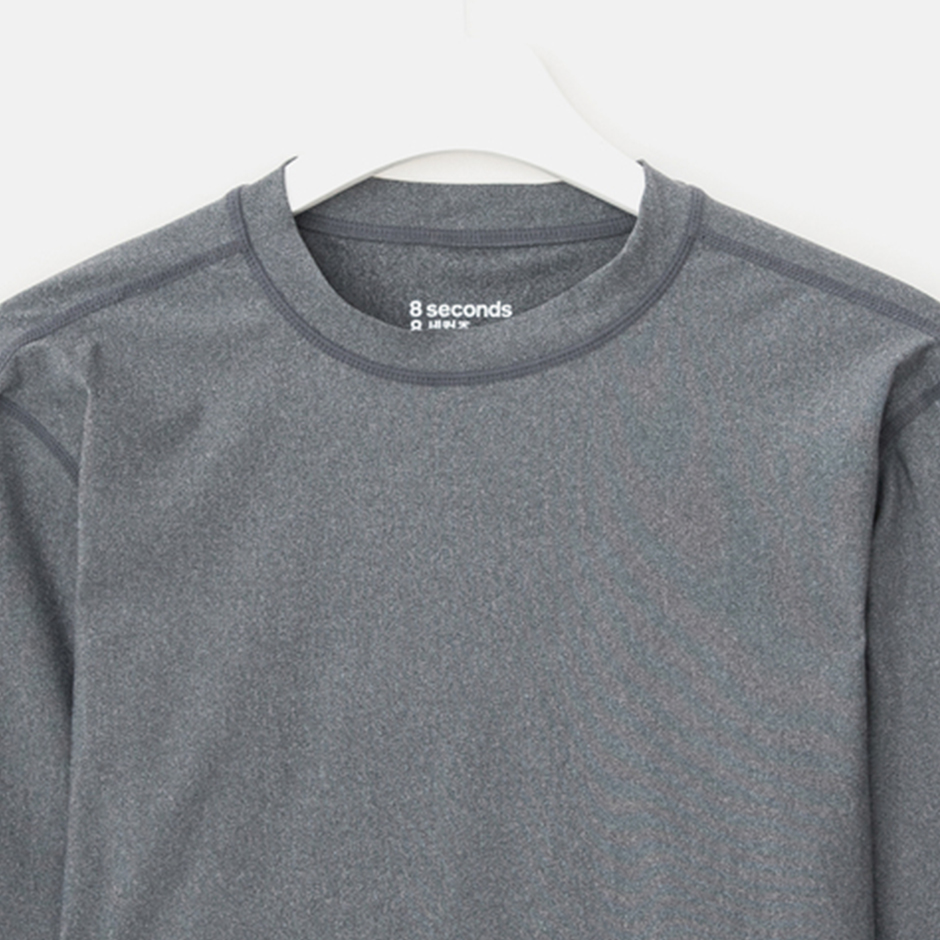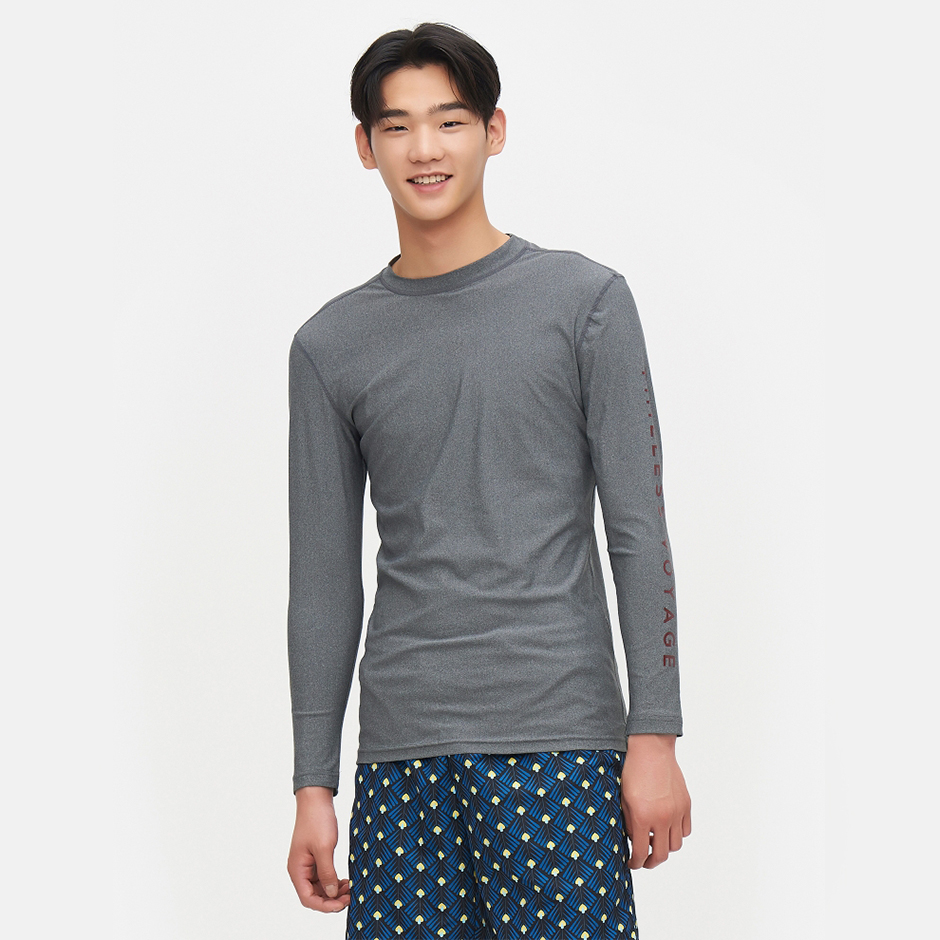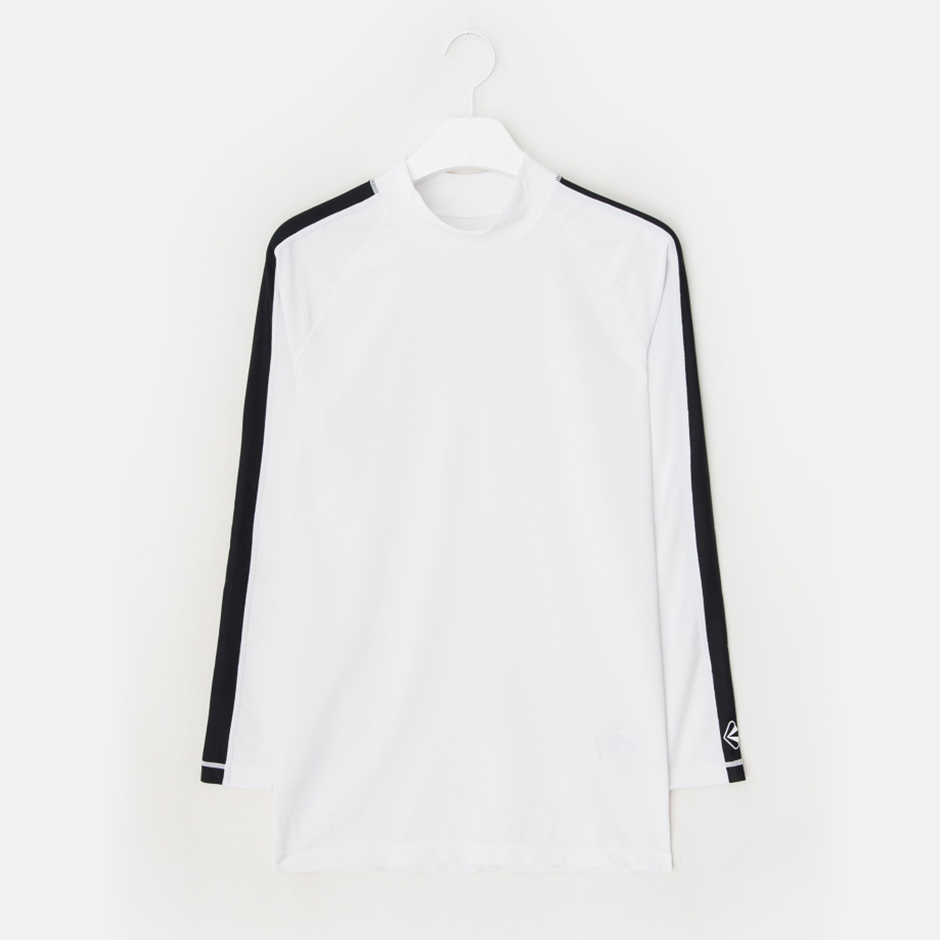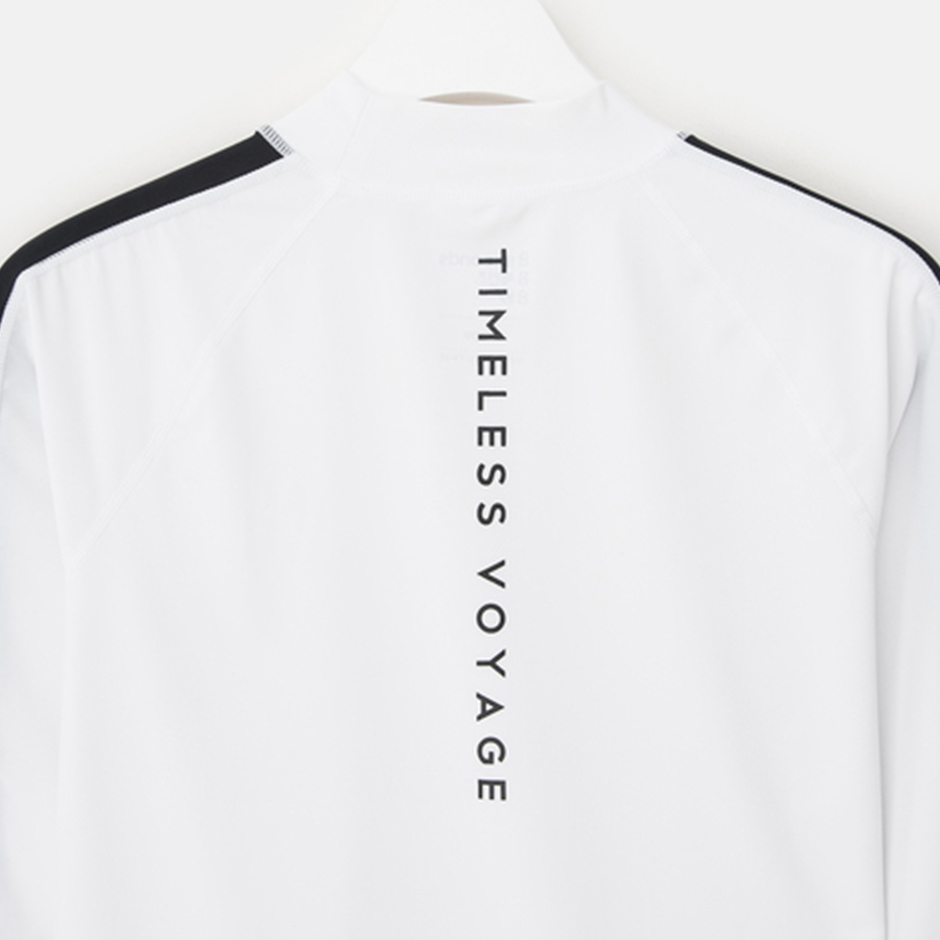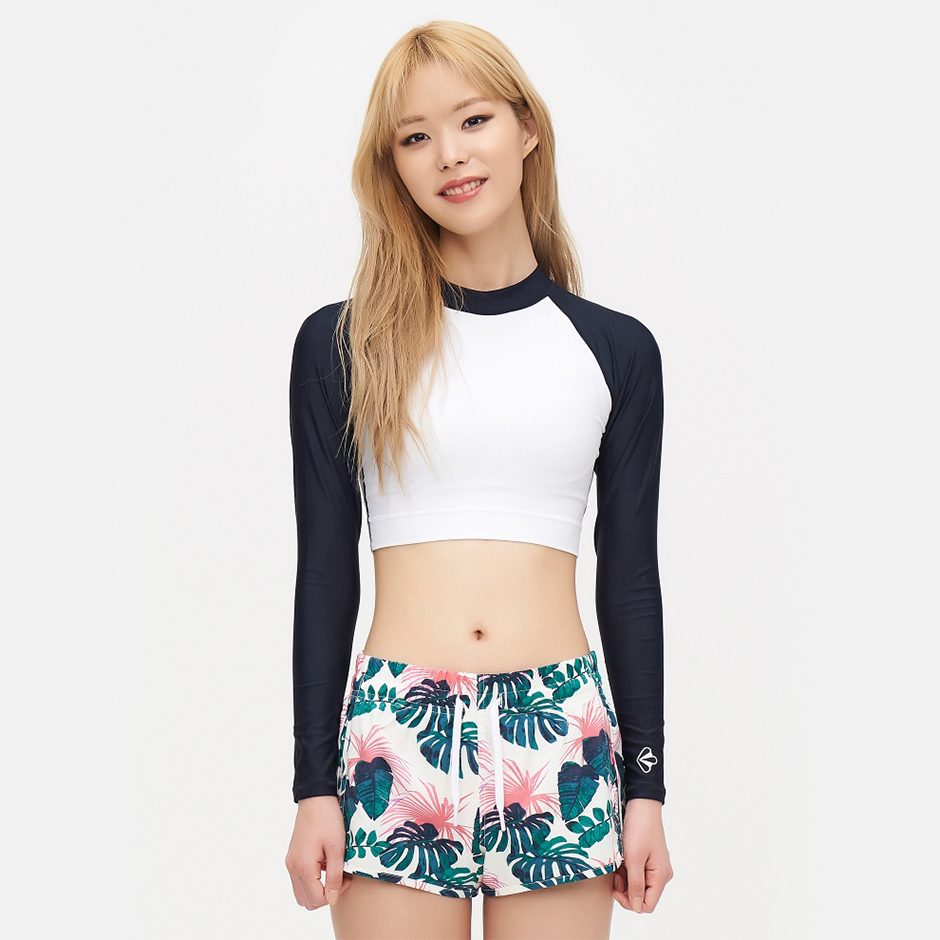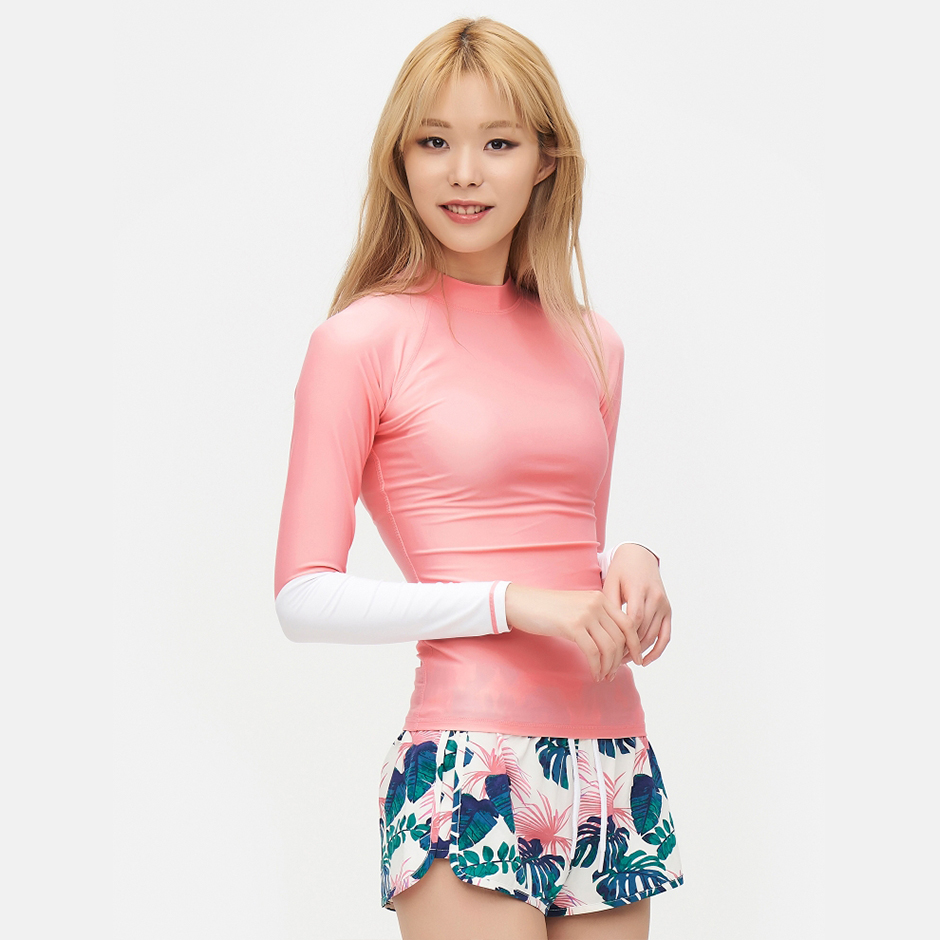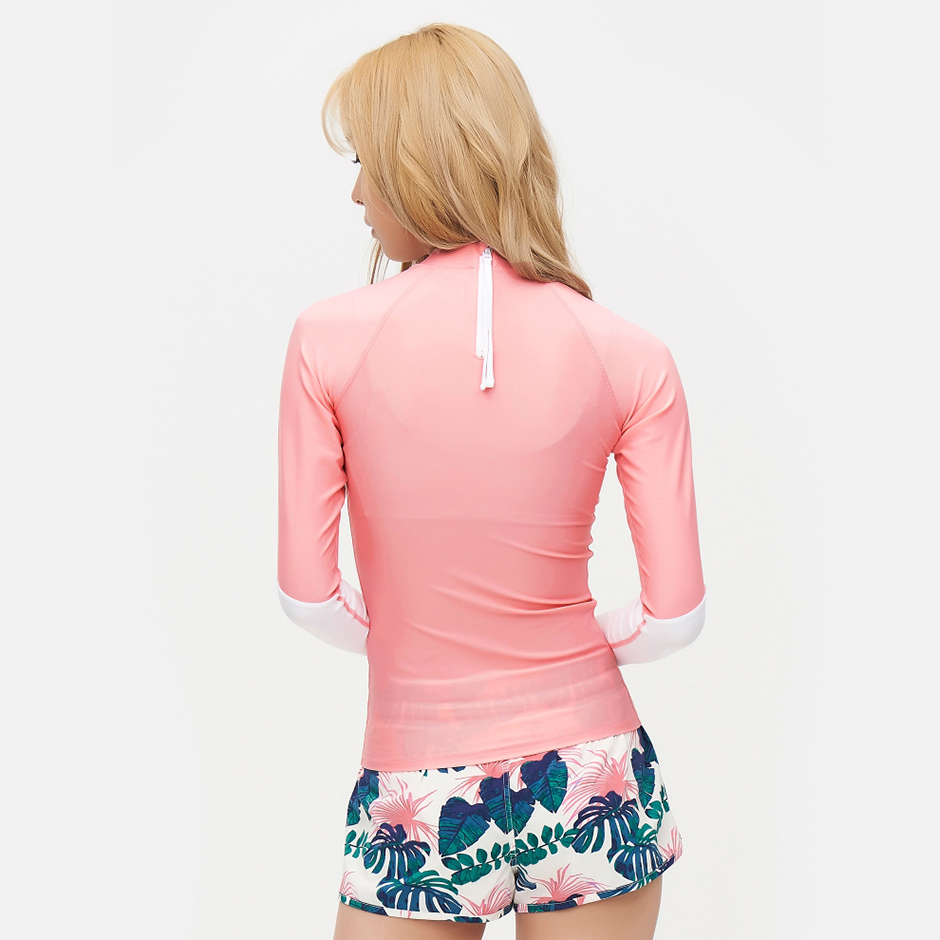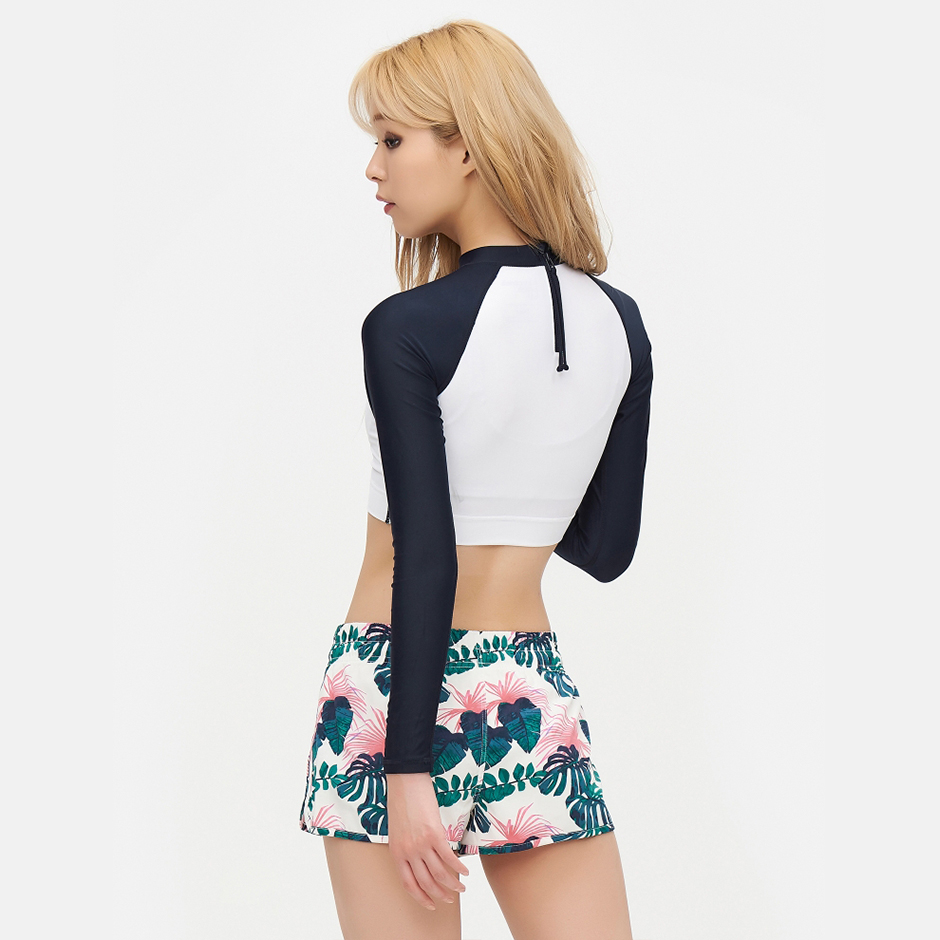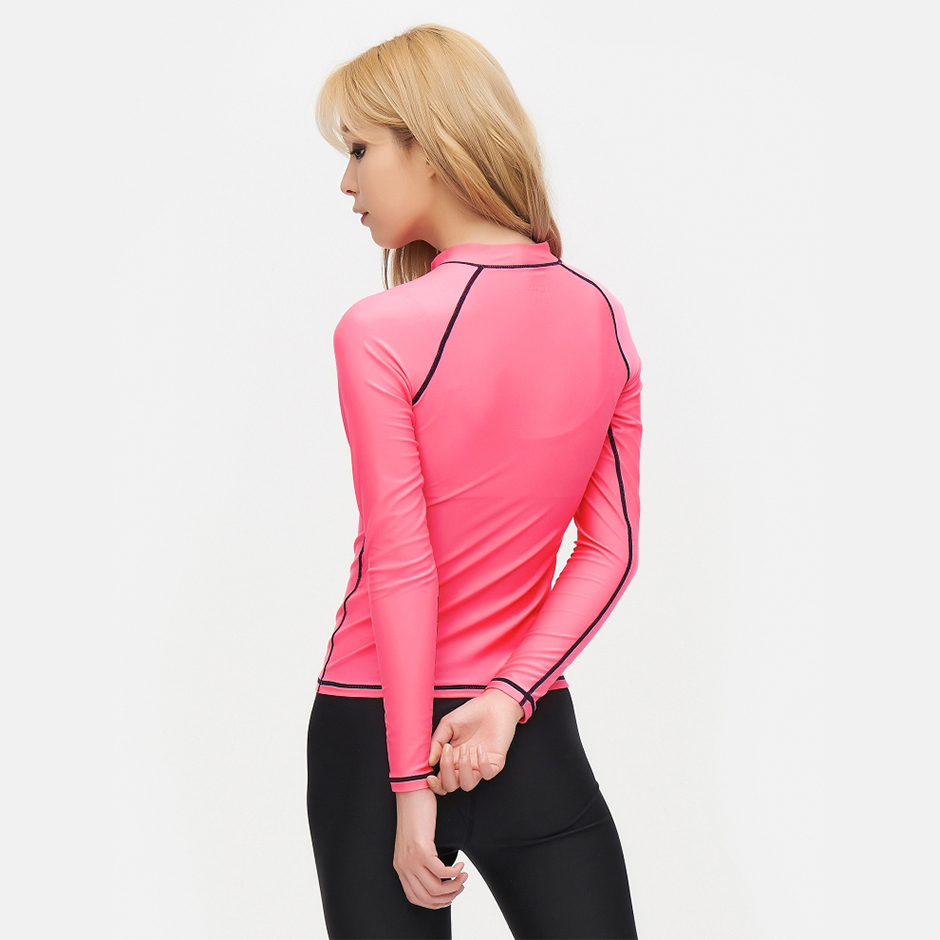Whether you’re out catching waves, sitting by a pool in the sun, or enjoying thrill rides at a water park, you’re bound to see not only a bevy of colorful swimsuits but also rash guards in all shapes and styles. Rash guards have carved out a central place for themselves in the world of water activities in the recent years, leading to a booming market with a plethora of options.
But where did this demand originate from, and if you’ve yet to buy your own rash guard, where should you begin?
Designed for Protection
Rash guards have always been a must-have for surfers. They can be worn under or on top of wet suits and are designed to protect sensitive parts of the skin from elements like sand in the water, wax on the surfboard, and friction from moving.
Surfers typically consider breathability, insulation, and flexibility, when looking for the right rash guard. Some prefer tanks as opposed to long sleeves, while others like to pair their tops with rash guard shorts to prevent chafing. There are also different options for artwork on the protective clothing. Heat transfer prints are less expensive but not as durable compared to sublimation, which makes the design a permanent part of the fabric.
For Maximum Fun in the Sun
Another major benefit of donning a rash guard is protection from the sun – one of the main reasons why so many people looking to have a good time by the water make sure they have one prepared.
Rash guards also provide greater options for those who are slightly more body-image conscious, and for people looking to add more flair and style to their outfits.
Finding the Right Rash Guard
#1 Fabric
Then, what are some of the most basic factors to consider when buying a rash guard?
First, fabrics are key factors that determine the functionality of a rash guard. Some of the typical options are polyester, Lycra, nylon spandex, and neoprene. A number of fabrics such as Lycra dry faster than others, while polyester comes with better breathability. Certain materials offer less resistance in the water and greater resilience to friction.
#2 Cover and Comfort
Cover and comfort should also be weighed, depending on how active you expect to be in the water, and how long you intend to stay in the sun. Tanks and shorter rash guards are particularly good when the mercury is soaring, and they also provide a better range of movement. But if exposure is of concern, long sleeves with higher collars can be more beneficial.
Tighter rash guards are likely more suitable if you’re looking to spend a lot of time in the water, but if you’re planning for a day by the poolside or at the beach, a looser fit may be more appealing due to the additional comfort. Zip-up rash guards with pockets can also be an attractive option.
#3 Added Protection
For extra protection from UV rays, look specifically for rash guards with a built-in minimum UPF 50. Another option would be to add rash guard bottoms either in the form of longer shorts or even leggings.
Reaping the Benefits
Rash guards are all the rage this summer, especially with no shortage of designs and styles out on the market. The best way to get the most bang for your buck is to think about needs specific to your destination of choice to make sure you reap all the benefits.



